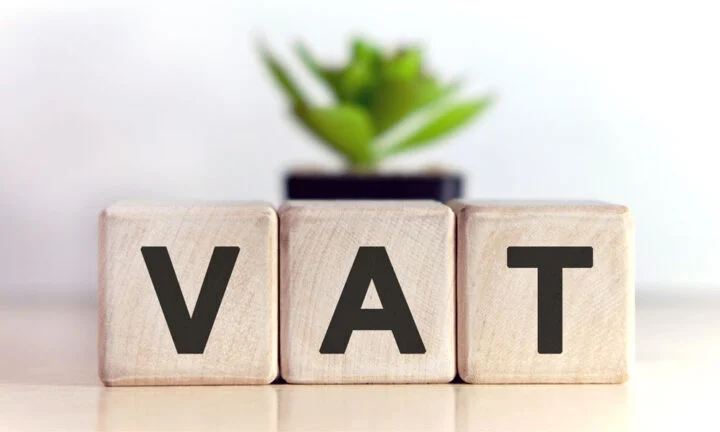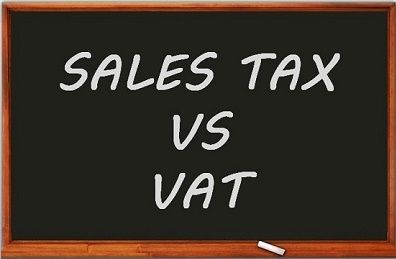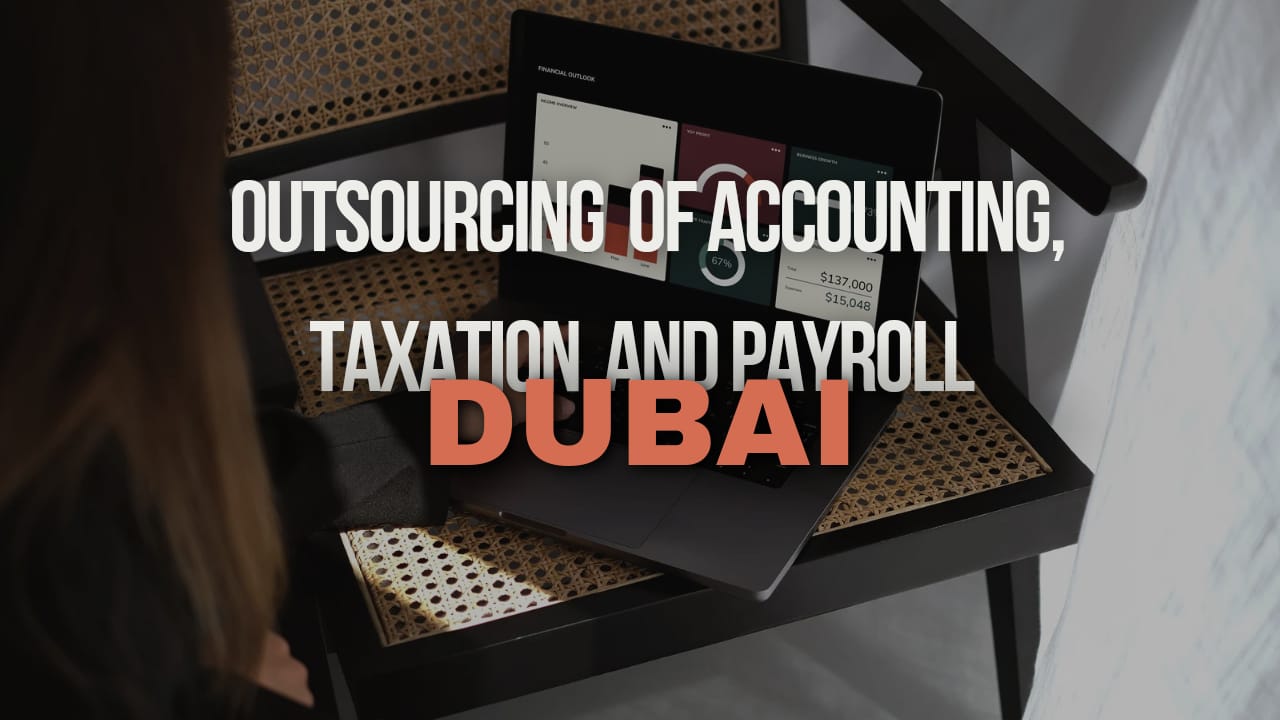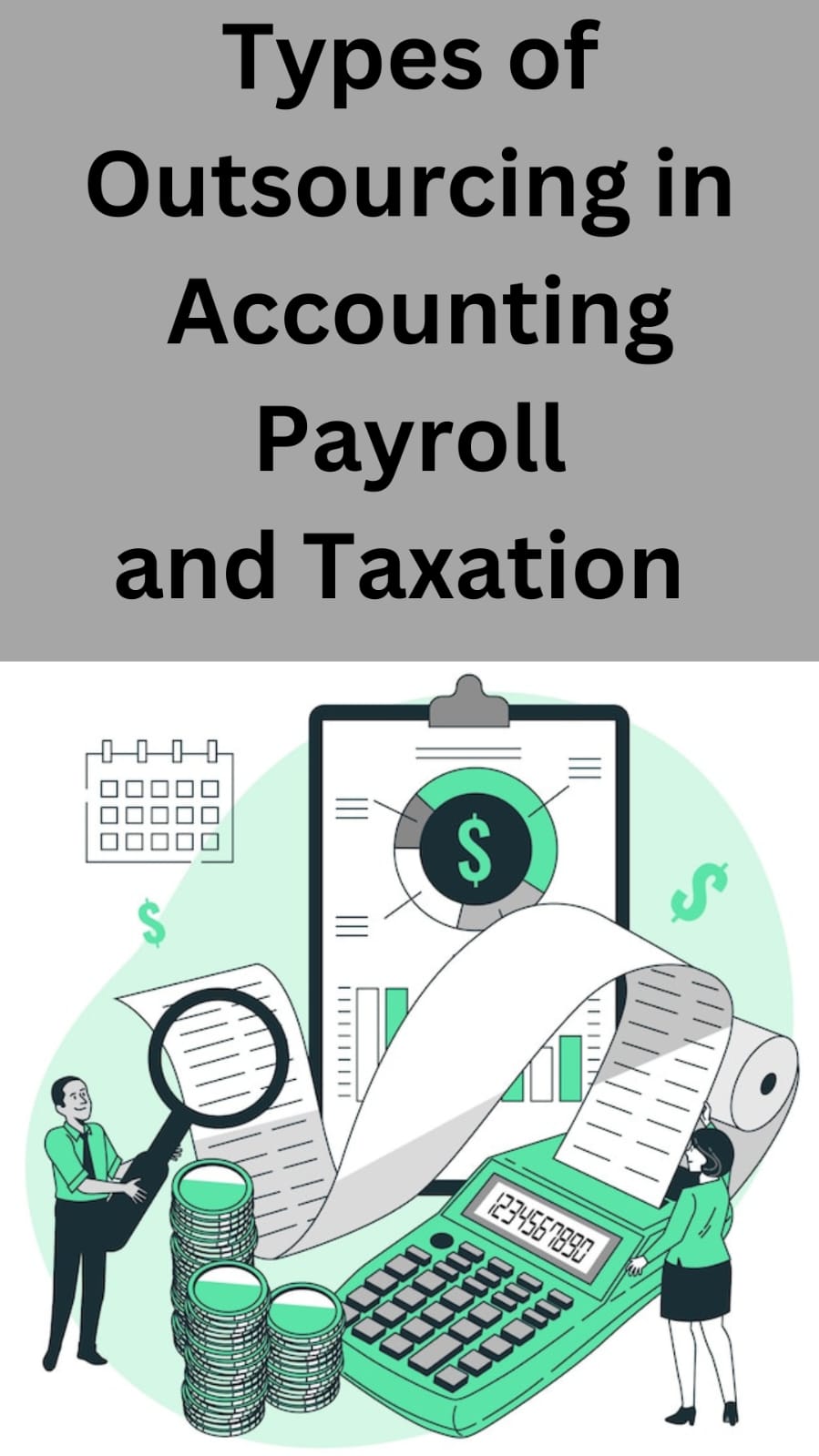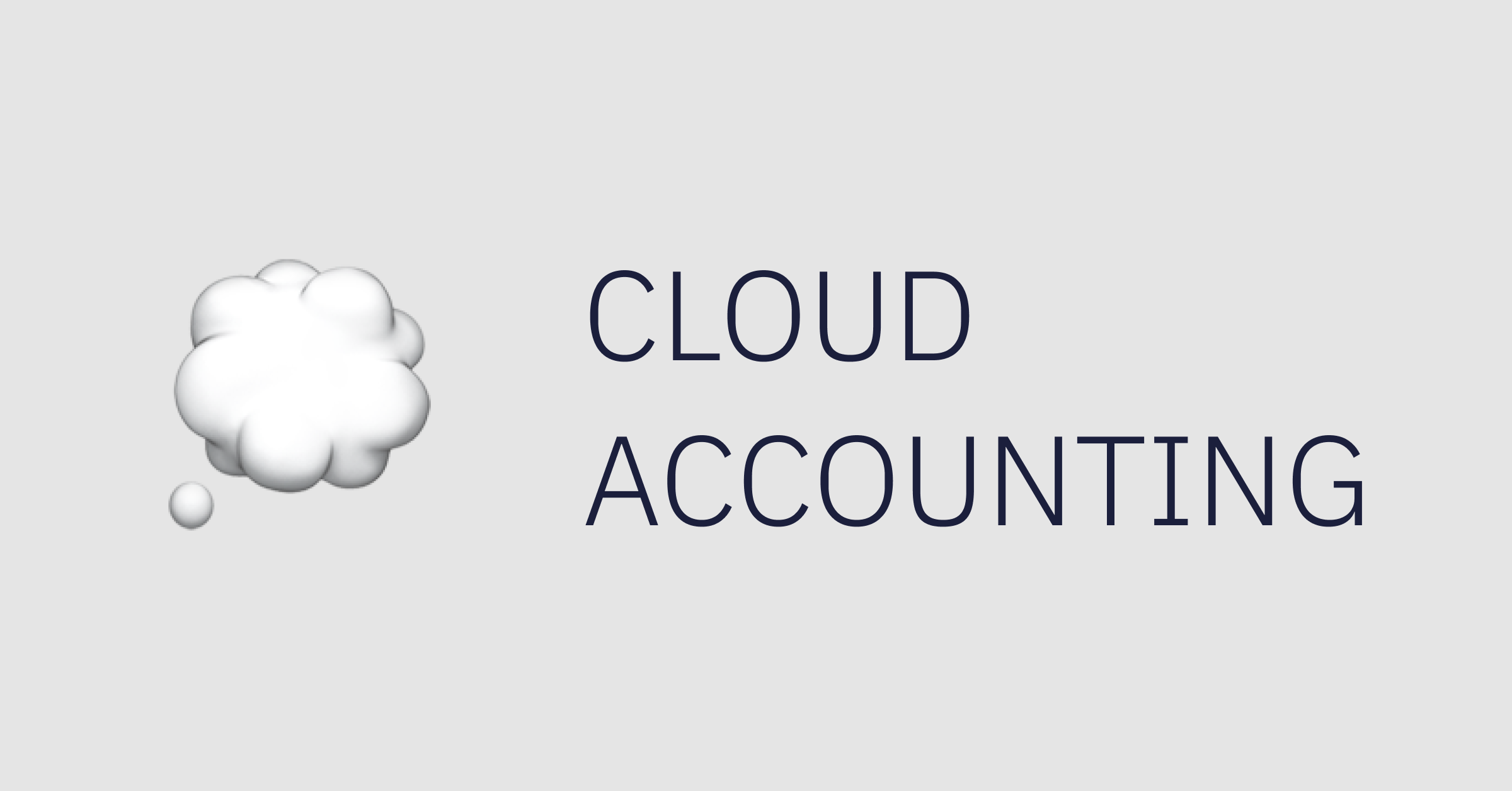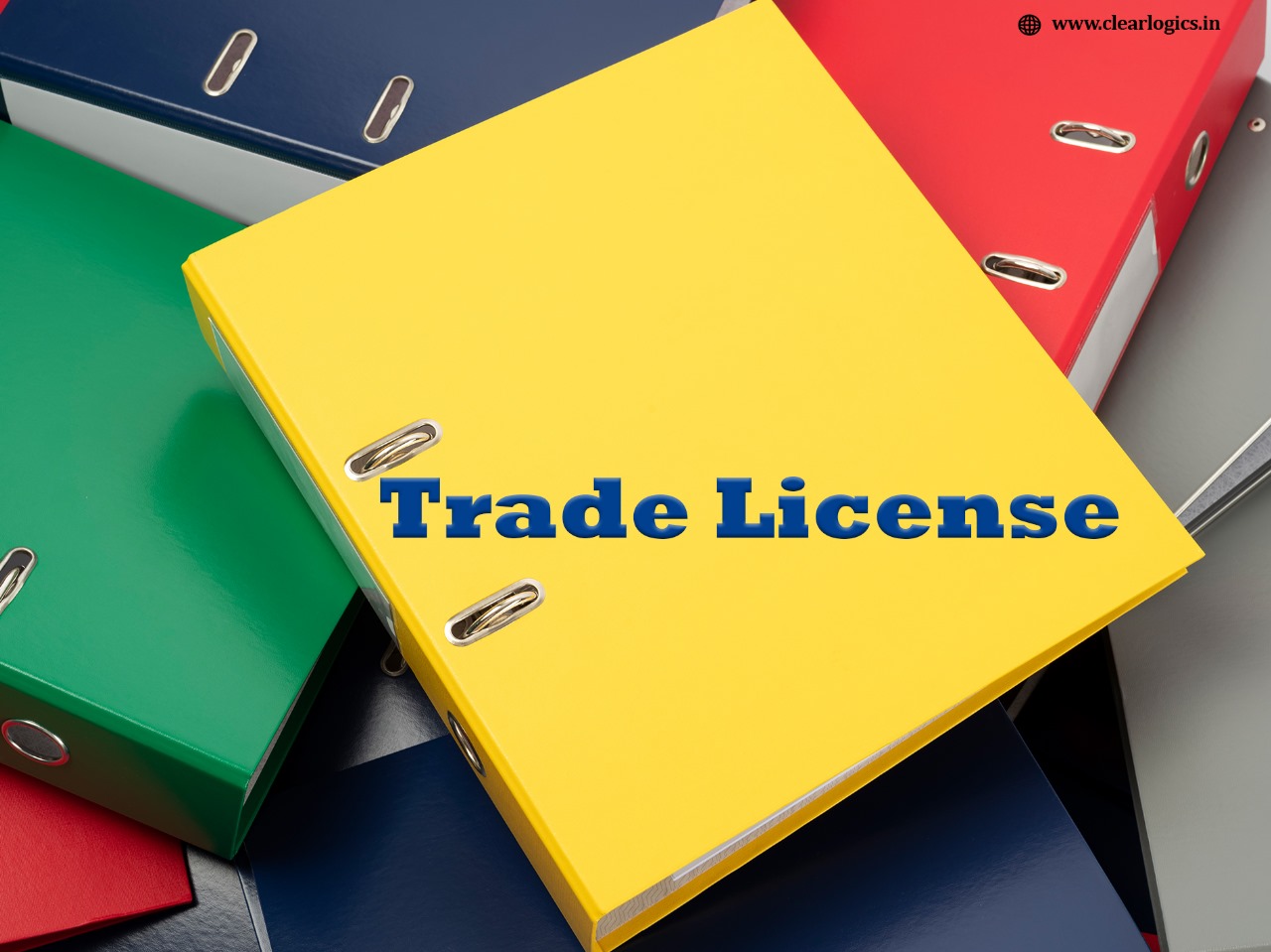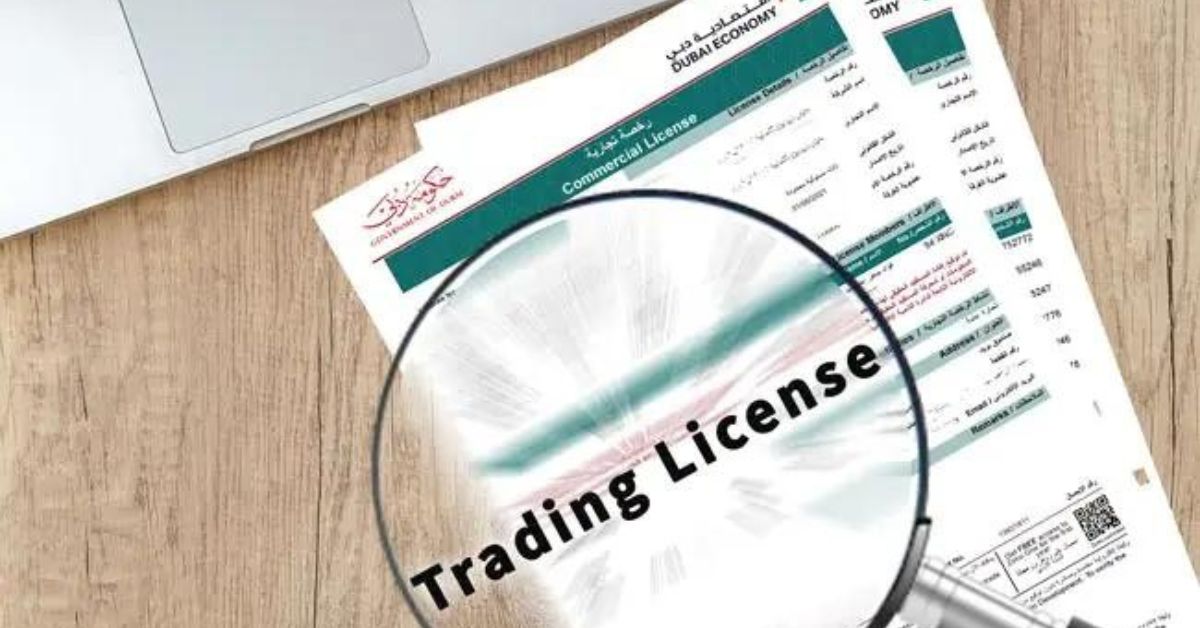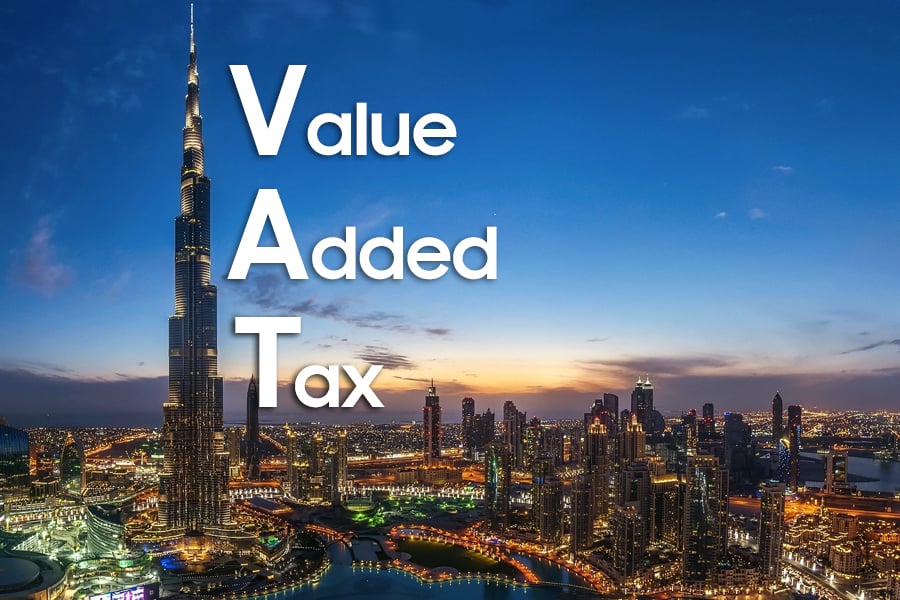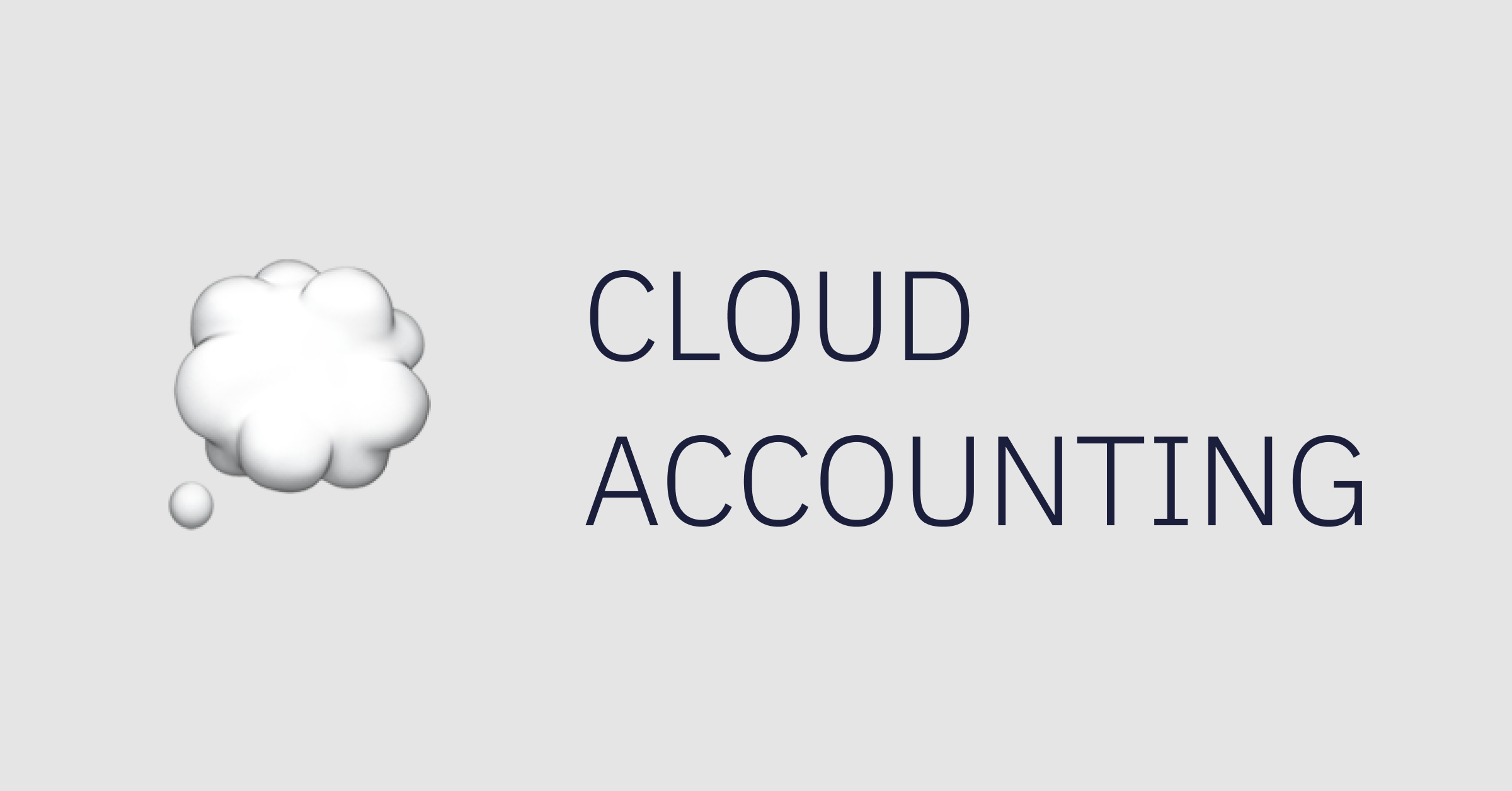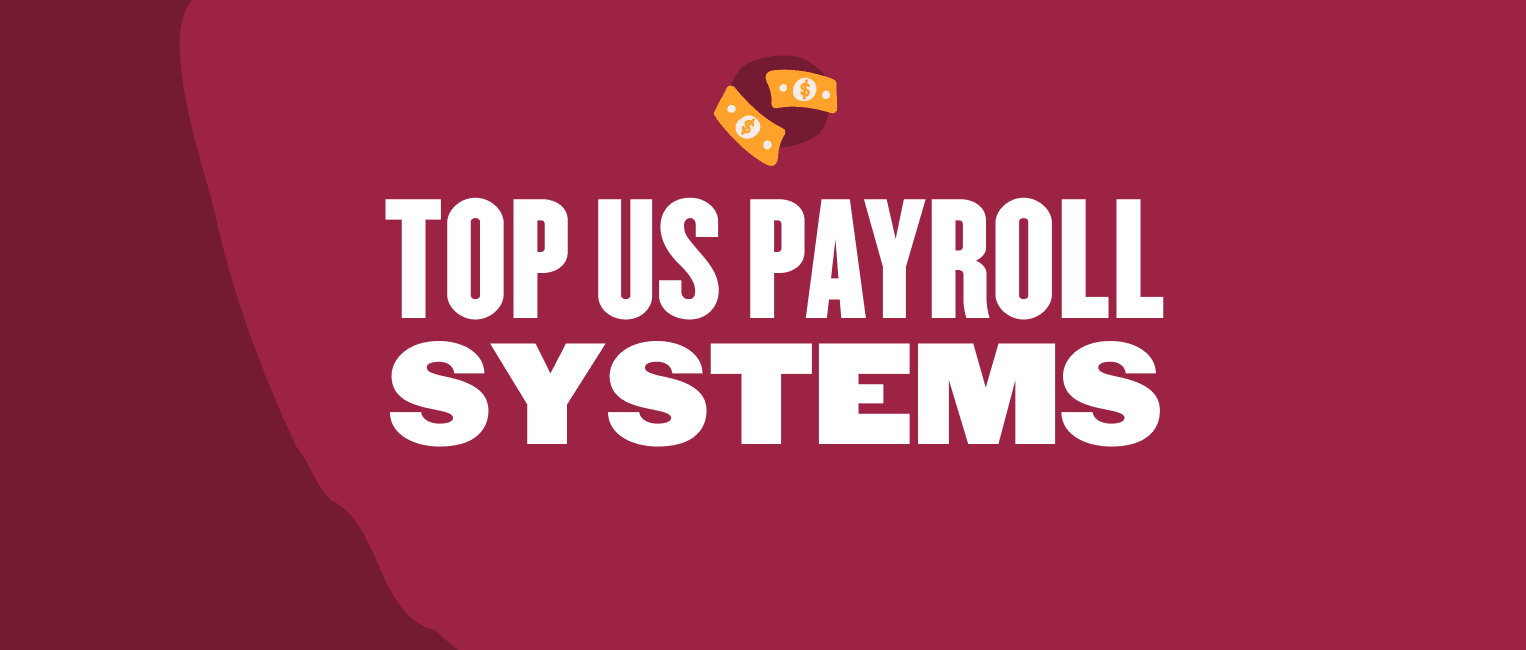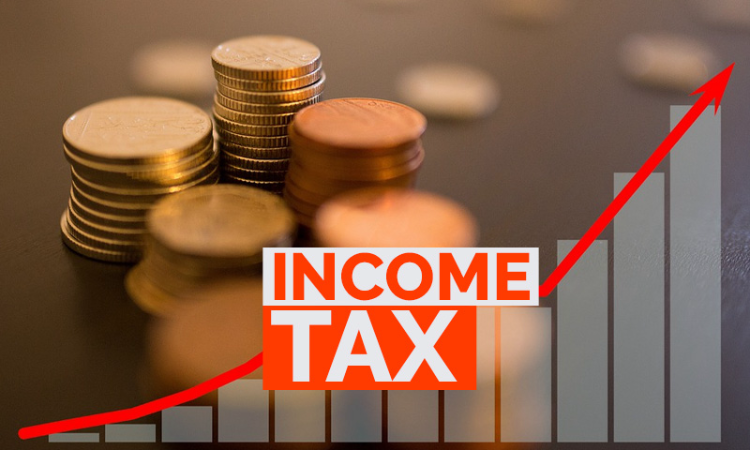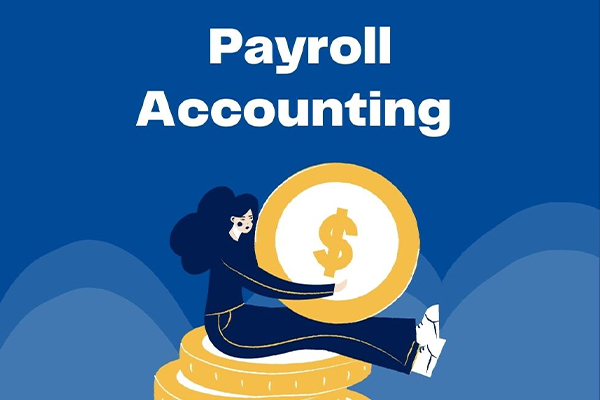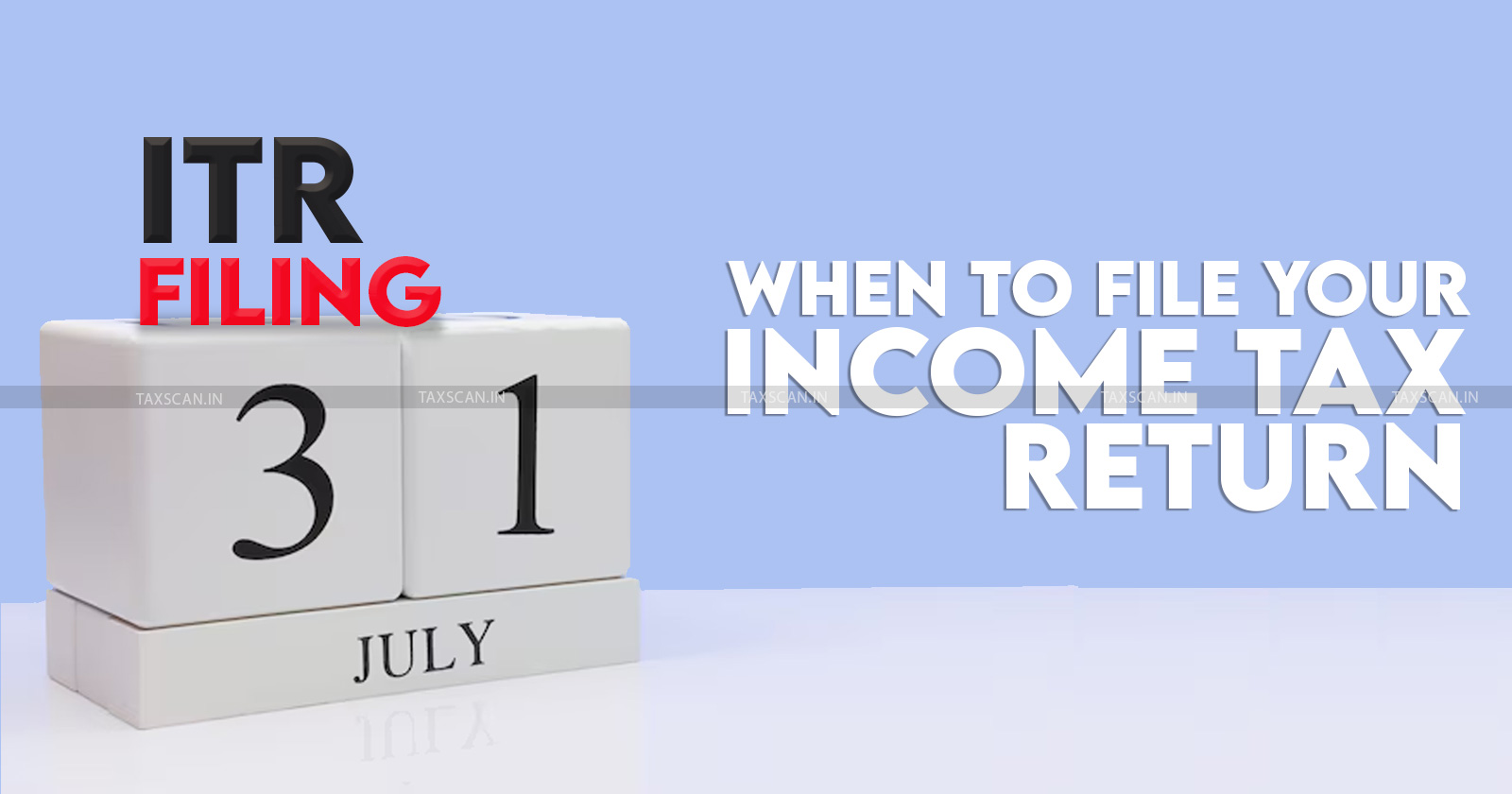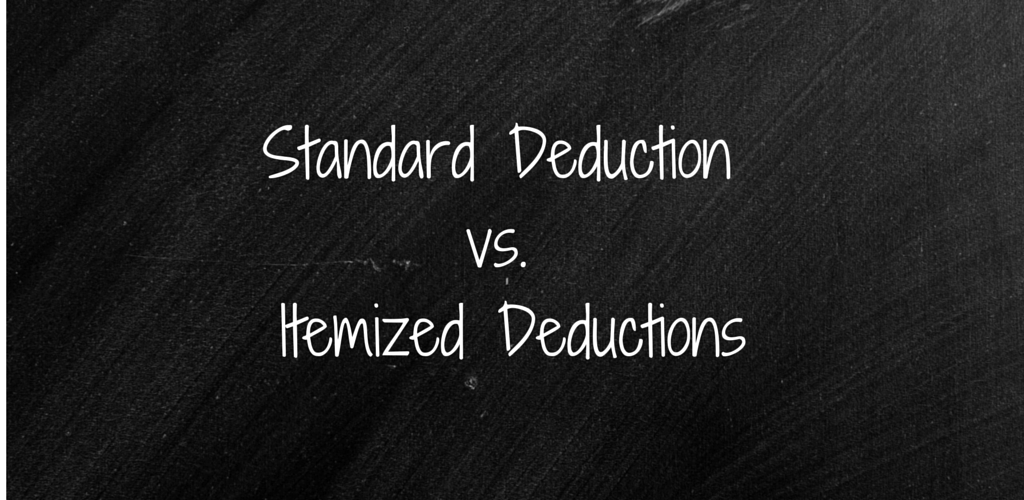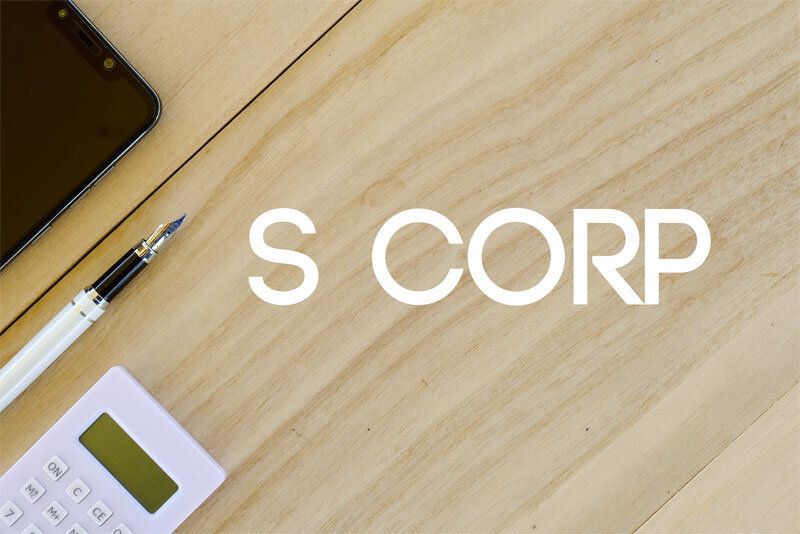Difference between VAT and Sales Tax in Dubai
Dubai, part of the United Arab Emirates (UAE), has implemented Value Added Tax (VAT) but does not have a traditional sales tax system. Understanding the differences between VAT and sales tax is essential for businesses and consumers to navigate the fiscal landscape effectively.
Dubai, part of the United Arab Emirates (UAE), has implemented Value Added Tax (VAT) but does not have a traditional sales tax system. Understanding the differences between VAT and sales tax is essential for businesses and consumers to navigate the fiscal landscape effectively.
Definition and Scope
Value Added Tax (VAT): VAT is a consumption tax levied on the value added to goods and services at each stage of the supply chain. It is a multi-stage tax collected at every step of the production and distribution process; with businesses able to reclaim the VAT they have paid on their inputs.
Sales Tax: Sales tax, commonly used in other parts of the world, is a consumption tax imposed at the point of sale. It is a single-stage tax collected only at the final point of sale to the end consumer.
Collection and Administration
VAT Collection: In a VAT system, each business in the supply chain charges VAT on their sales (output tax) and pays VAT on their purchases (input tax). The difference between the output tax and input tax is remitted to the tax authorities. This mechanism ensures tax is collected at each stage but avoids double taxation as businesses can claim credits for the VAT paid.
Sales Tax Collection: Sales tax is collected only once, at the final sale to the consumer. Retailers are responsible for collecting the tax from consumers and remitting it to the tax authorities. Businesses do not reclaim sales tax paid on their inputs.
Impact on Businesses
VAT Impact: Businesses must implement comprehensive accounting systems to track VAT on sales and purchases. VAT compliance requires regular filings and detailed record-keeping, but businesses benefit from reclaiming VAT on their inputs, reducing the overall tax burden.
Sales Tax Impact: Sales tax is simpler for businesses to administer since it is only charged at the point of sale. However, businesses cannot reclaim sales tax paid on their inputs, which may result in higher costs being passed on to consumers.
Tax Rates
VAT Rate: Dubai has a standard VAT rate of 5%, which applies to most goods and services, with some exemptions and zero-rated items such as healthcare, education, and exports.
Sales Tax Rate: Since Dubai does not impose a sales tax, this is not applicable. However, in jurisdictions where sales tax is implemented, the rate can vary widely.
Compliance and Filing
VAT Compliance: Businesses in Dubai must register for VAT if their taxable supplies exceed AED 375,000 annually. They are required to file VAT returns, typically on a quarterly basis, and maintain records for at least five years.
Sales Tax Compliance: In regions with sales tax, businesses must collect tax at the point of sale and periodically remit the collected tax to the authorities, usually monthly or quarterly. Record-keeping is also necessary, but typically less complex than VAT.
Conclusion
While VAT and sales tax serve the same purpose of taxing consumption, they differ significantly in their implementation and impact on businesses. Dubai’s adoption of VAT aligns with international practices, ensuring transparency and efficiency in tax collection. Understanding these differences helps businesses operate smoothly and comply with local tax regulations.
